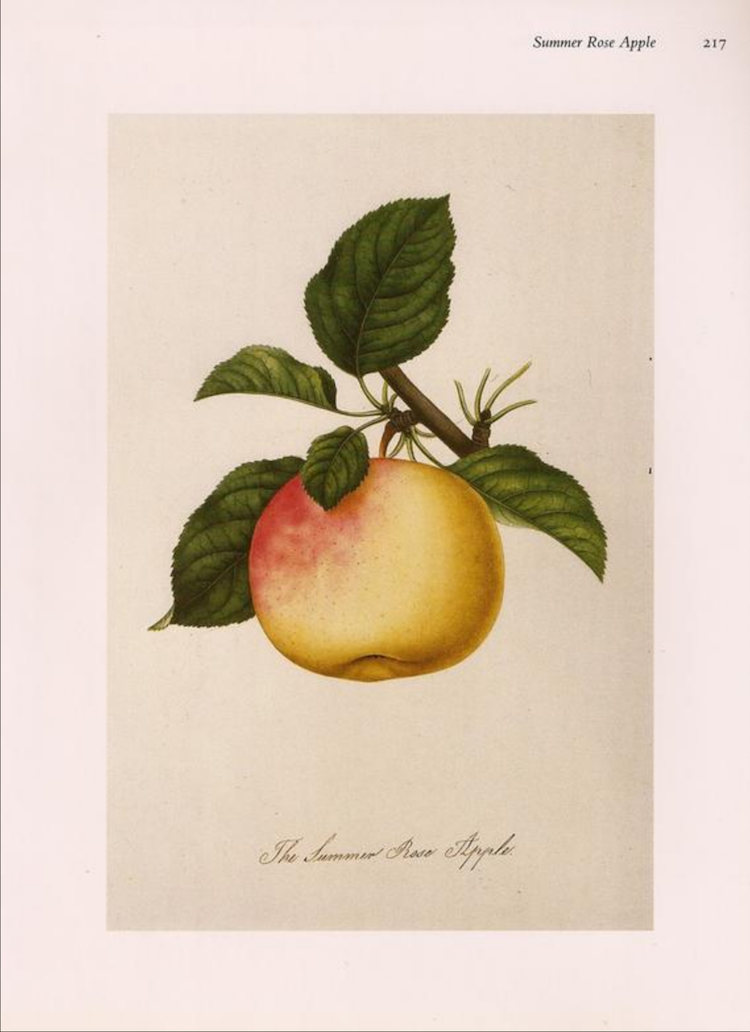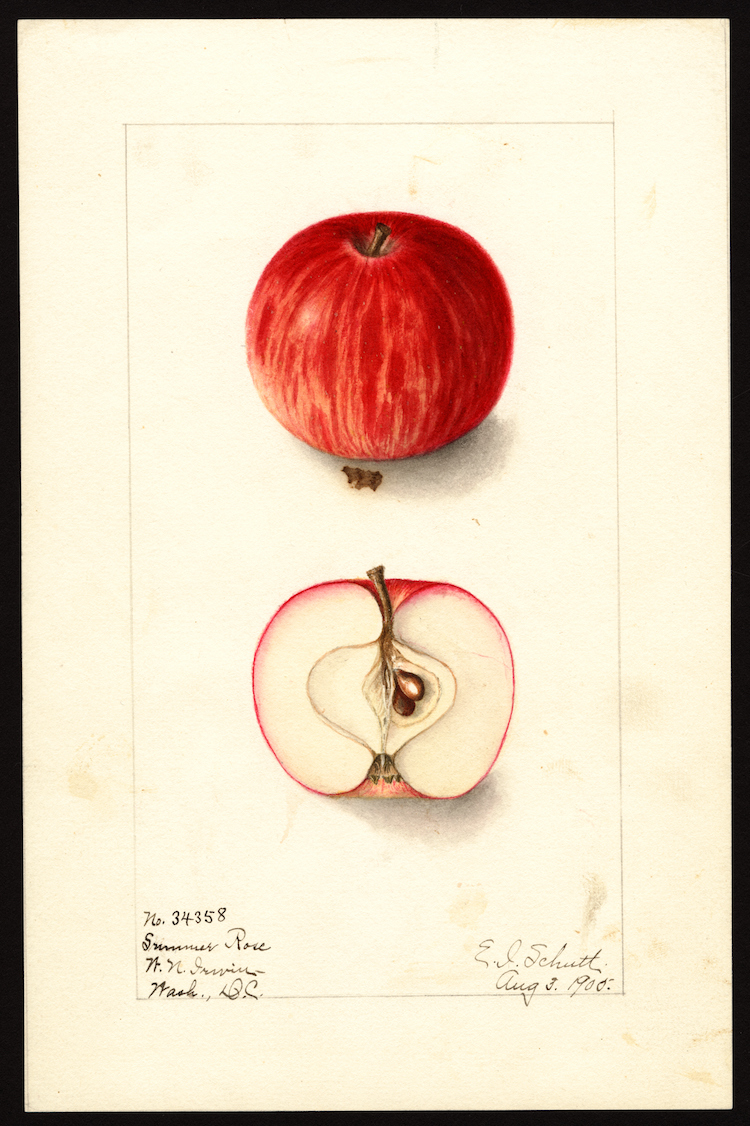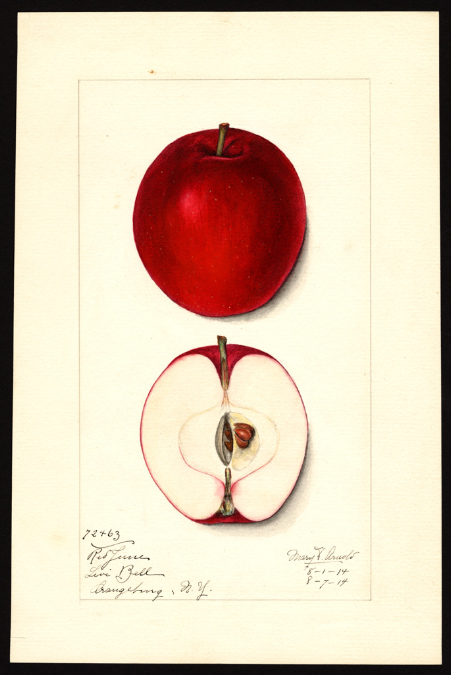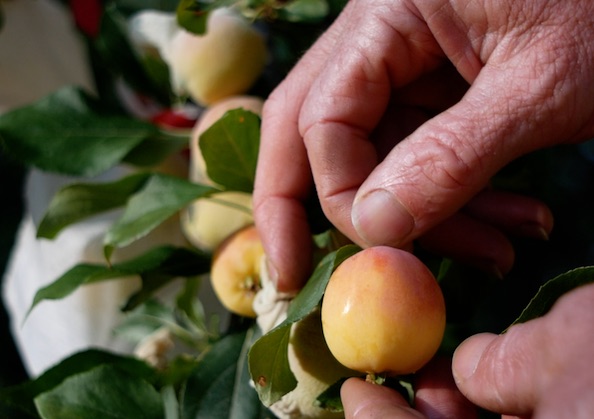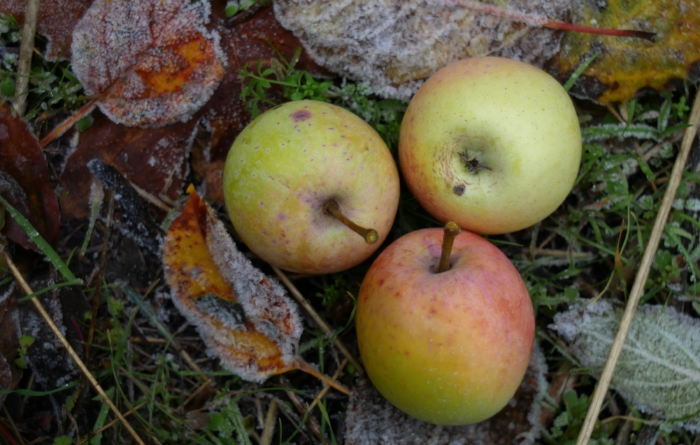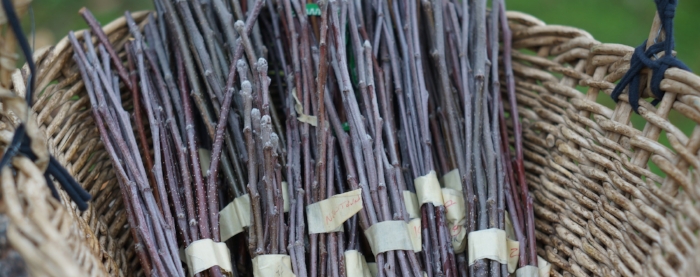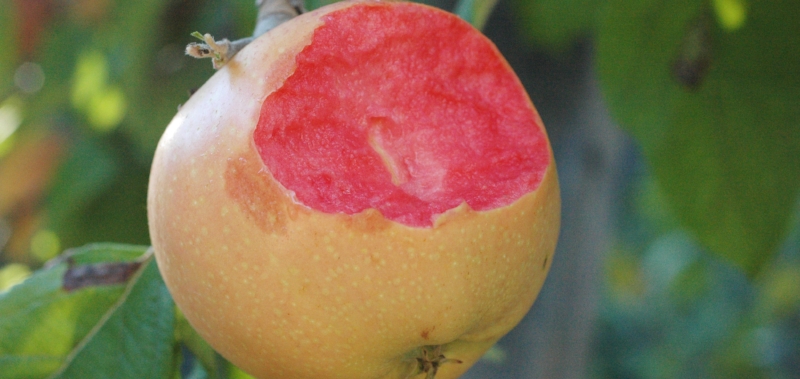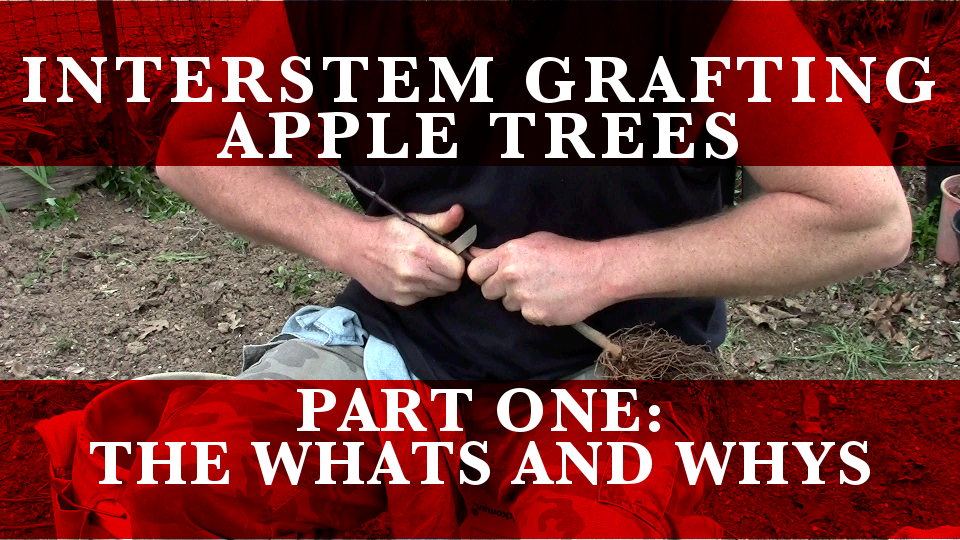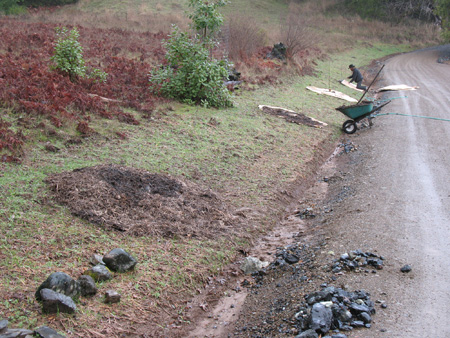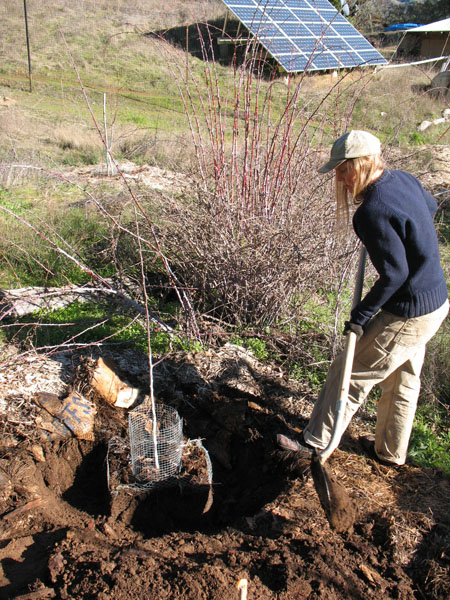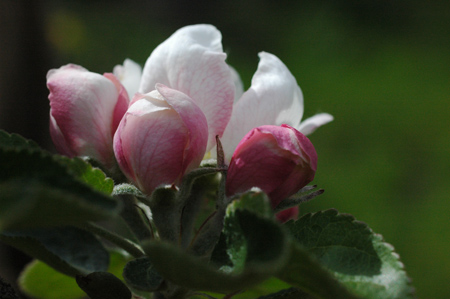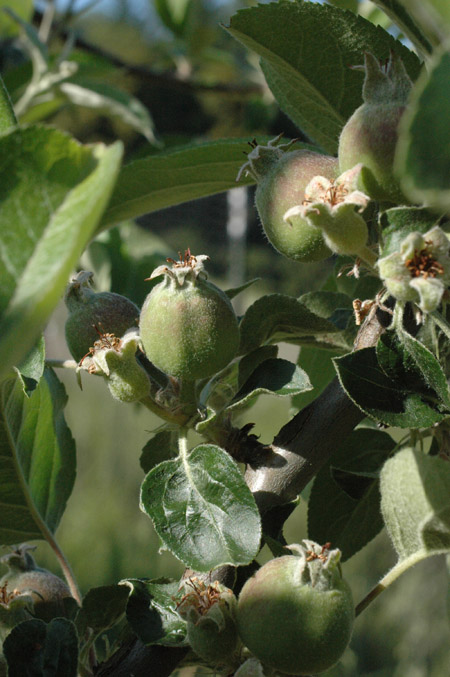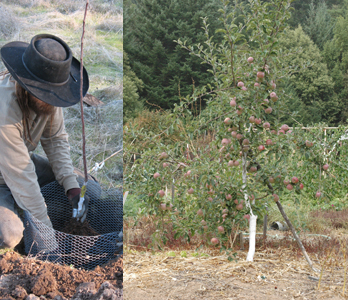I continue to add seedling applles to the list of fruits that can compete with the best heirlooms and modern apples that I’ve collected here. When I started growing apple trees from seed about 13 years ago, I was optimistic, but I didn’t think it would be quite that easy. Not to say there are not a lot of duds, there are. But I think it’s just not that hard to grow some great apples, given that we plant a reasonable number of seeds, and use good parents. Here is my latest tasting video, revisiting a couple from last year and talking about some August seedlings and what’s up and coming this next month or so.
These results are of course in stark contrast to the common myth that apples from seed will almost always suck. I think we are well on our way to putting that myth to bed.




